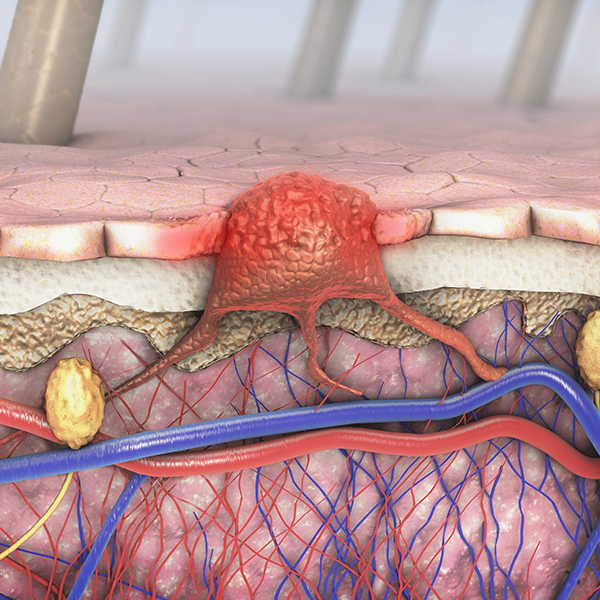-
Mayo Clinic’s new four-pillar structure for biomanufacturing
Mayo Clinic's Center for Regenerative Biotherapeutics is advancing a new biomanufacturing strategy focused on cellular therapies, gene and viral therapies, and tissue engineering for patients with rare and complex disorders. The goal is to accelerate promising discoveries to early stage clinical trials and then work with industry leaders to bring new healing options to patients.
Center for Regenerative Biotherapeutics has developed a coordinated, four-pillar biomanufacturing structure that is aligned with industry standards and aimed at commercializing new biotherapeutics.
Pillar 1: Process development is a bridge from the lab to clinical trials
Process development is the initial stage in translating a therapeutic from discovery research into clinical manufacturing. It serves as a bridge from the lab to the patient in early phase clinical trials. A key objective is to establish standard operating procedures for clinical manufacturing that meet regulatory requirements, can be consistently reproduced and lessen safety concerns.
"Without formal process development, gaps could occur in the safety requirements, which can sometimes significantly delay the investigational new drug approval or investigation device exemption needed to proceed," says Cynthia Wilkins, Ph.D., senior director of process development for the Center for Regenerative Biotherapeutics.
Process development provides support for:
- Suitability of raw materials — to ensure they meet safety guidelines.
- Sterility procedures — to ensure patient safety.
- Biocompatibility — to ensure the safety of biomaterials.
- Scalability — to consistently meet the needs of patients.
- Stability/expiration — to ensure efficacy and maintain patient safety.
Pillar 2: Advanced biomanufacturing is like passing the baton
Advanced biomanufacturing is the second pillar that takes the baton from process development and transfers a newly developed process into manufacturing.
Cell and gene therapies are biomanufactured in Current Good Manufacturing Practice (CGMP) facilities, also called "clean rooms." These facilities are sterile environments that operate under strict Food and Drug Administration (FDA) procedures and controls to ensure the identity, strength, quality and purity of a drug.
"Cell therapy can be very fragile. You need a controlled environment to ensure there aren't any external factors that affect the way the cells are growing. Any external contaminants could stop the growth altogether," says Snigdha Rai, senior director of advanced biomanufacturing for the Center for Regenerative Biotherapeutics.
Center for Regenerative Biotherapeutics is investing in new biomanufacturing facilities and integrating them with existing facilities across Mayo Clinic. A new CGMP biomanufacturing clean room facility has opened in One Discovery Square in Rochester and three new clean rooms are scheduled to open in July in the Discovery and Innovation Building at Mayo Clinic in Florida.
Pillar 3: Quality control ensures consistency
Quality control is the pillar where comprehensive testing is done to ensure product safety and consistency and to ensure strict standards are met through all stages of cell, gene and tissue technologies manufacturing.
"Quality control adds a crucial additional check that can prevent products that are defective from getting to patients and to market," says Tony DeFusco, senior director of quality control for the Center for Regenerative Biotherapeutics.
The quality control group performs acceptance testing on raw materials and environmental monitoring of the clean rooms. It also performs validation of the test methods to confirm whether the test performs consistently and accurately under real-world conditions.
Quality control provides additional evidence that all the manufacturing steps were followed properly. This thorough testing can uncover issues that were previously undetected.
Pillar 4: Quality assurance: Doing what's best for patients
Quality assurance is the fourth pillar of Mayo's new biomanufacturing structure that answers questions such as:
- What types of manufacturing can we do in a specific type of facility?
- Are the facility and its processes, methods and equipment qualified for its intended purpose?
- How do we deploy and apply best practices to eliminate contamination risks?
"Quality assurance acts as a sherpa to guide biomanufacturing staff and investigators through a regulatory maze. It's about finding the best way to operate in compliance so that we can safely produce drugs for the patients participating in clinical trials," says Cameron Jones, senior director of quality assurance for the Center for Regenerative Biotherapeutics. "The idea is to do what's best for our patients."
Quality assurance helps interpret regulatory requirements to ensure processes meet FDA standards for human therapeutics. If the quality assurance team discovers gaps, it provides guidance on next steps and may consult with regulatory and industry professionals to ensure that any corrective actions are aligned with FDA guidelines.
This new biomanufacturing structure in the Center for Regenerative Biotherapeutics brings together research and practice to try to advance biotherapeutics toward patient care more quickly than had been possible in the past. The hope is to deliver new cures to patients with few or no therapeutic options, in alignment with Mayo's 2030 vision.
###












